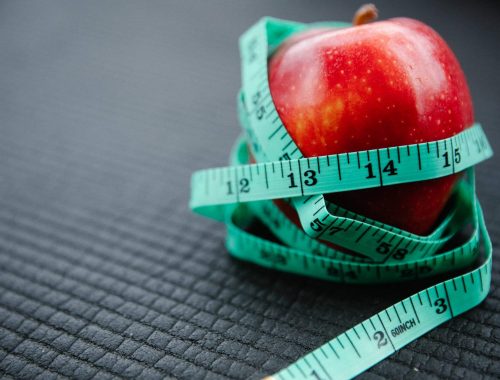Science Behind Meal Planning for Weight Loss
Weight loss is a common goal for many individuals, but it can be difficult to achieve without proper guidance. Meal planning is an effective way to manage caloric intake, but it’s important to understand the science behind it in order to make informed decisions. In this post, we’ll discuss the basics of weight loss, the role of calories and macronutrients, and tips for creating a successful meal plan.
Basics of Weight Loss:
- Weight loss occurs when the number of calories burned is greater than the number of calories consumed.
- The quantity of energy required by an individual varies on a variety of variables, including age, gender, weight, and degree of activity. Calories are a unit of measurement for energy.
- A person must reduce their calorie intake, increase their calorie expenditure through activity, or do both in order to establish a caloric deficit and lose weight.

Role of Calories and Macronutrients:
- Macronutrients, carbohydrates, proteins, and fats, are the main sources of calories in our diet.
- Carbohydrates provide 4 calories per gram, proteins provide 4 calories per gram, and fats provide 9 calories per gram.
- A balanced diet should include a moderate amount of all three macronutrients to provide the body with the necessary energy and nutrients it needs to function properly.
- Making judgments on what to include in your meal plan requires knowledge of the calories and macronutrient contents of the foods you eat.
Tips for Creating a Successful Meal Plan:
- Determine your daily caloric needs: Use an online calculator or consult with a dietitian to determine the number of calories you need to maintain your weight, and then reduce that number by 500-1000 to create a caloric deficit for weight loss.
- Keep track of your food intake: Use a food journal or a smartphone app to keep track of what you eat and the calories and macronutrients you consume. This will help you stay on track and make adjustments as needed.
- Include a variety of nutrient-dense foods: Choose foods that are high in nutrients and low in calories, such as fruits, vegetables, whole grains, lean proteins, and healthy fats.
- Plan ahead: Prepare meals and snacks in advance to ensure you have healthy options on hand when you’re in a rush or don’t have access to a kitchen.
- Limit processed foods: Processed foods are often high in added sugars and unhealthy fats, which can contribute to weight gain. Instead, focus on whole, minimally processed foods.
- Drink plenty of water: Staying hydrated is important for overall health, and it can also help you feel full and prevent overeating.
- Be consistent: Weight loss is a gradual process, and it’s important to stick with your meal plan over the long term in order to see results.
Making informed decisions requires understanding the science underlying meal planning, which is a valuable tool for weight loss. You can design a meal plan that suits you and aids in your weight loss efforts by concentrating on nutrient-dense foods, keeping track of your food consumption, and being consistent. Keep in mind that losing weight is a journey rather than a goal, and it’s crucial to recognize success along the way.
You May Also Like

Power of Plant-Based Eating for Weight Loss
January 17, 2023
Power of Protein: Eating for Weight Loss
January 17, 2023


